Every Jerusalem Perspective article listed in alphabetical order.
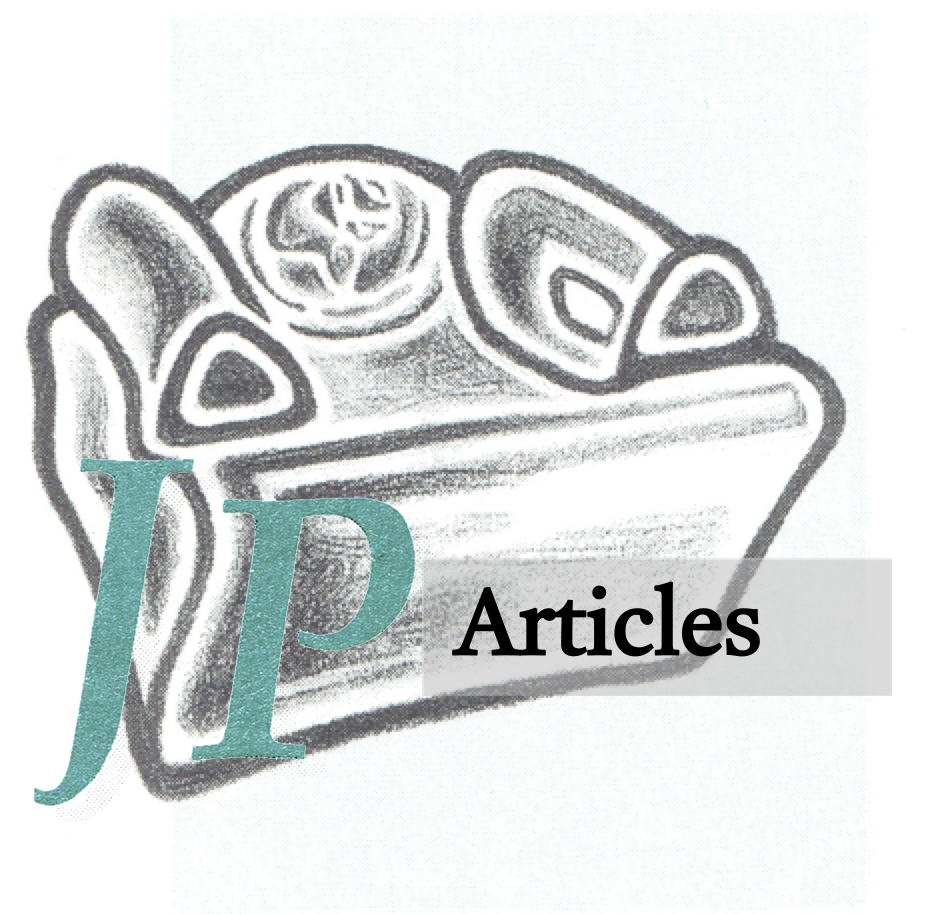
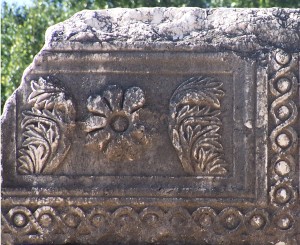 “It Is Said to the Elders”: On the Interpretation of the So-called Antitheses in the Sermon on the Mount (1/4/2014)
“It Is Said to the Elders”: On the Interpretation of the So-called Antitheses in the Sermon on the Mount (1/4/2014)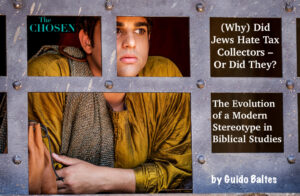 (Why) Did Jews Hate Tax Collectors–Or Did They? The Evolution of a Modern Stereotype in Biblical Studies (7/17/2024)
(Why) Did Jews Hate Tax Collectors–Or Did They? The Evolution of a Modern Stereotype in Biblical Studies (7/17/2024) An Almost Unknown Hanina ben Dosa Story and Jesus: Exemplars of First-century Galilean Hasidic Judaism (8/31/2020)
An Almost Unknown Hanina ben Dosa Story and Jesus: Exemplars of First-century Galilean Hasidic Judaism (8/31/2020) Audio JP: Like Lightning from Heaven (Luke 10:18): Jesus’ Apocalyptic Vision of the Fall of Satan (8/15/2021)
Audio JP: Like Lightning from Heaven (Luke 10:18): Jesus’ Apocalyptic Vision of the Fall of Satan (8/15/2021)Can you explain ritual purity? (10/7/2019)
Casting Down Modern Imaginations (1/1/2004)
Essenic Piety and the Epistle of James (12/31/2004)
 Failures of the Aramaic Solution: Aramaic’s Inability to Explain Jesus’ Halachic Questions on the Sabbath (Luke 14:5; Matt. 12:11-12a) (11/20/2022)
Failures of the Aramaic Solution: Aramaic’s Inability to Explain Jesus’ Halachic Questions on the Sabbath (Luke 14:5; Matt. 12:11-12a) (11/20/2022) From Luke to Mark to Matthew: A Discussion of the Sources of Markan “Pick-ups” and the Use of a Basic Non-canonical Source by All the Synoptists (2/24/2014)
From Luke to Mark to Matthew: A Discussion of the Sources of Markan “Pick-ups” and the Use of a Basic Non-canonical Source by All the Synoptists (2/24/2014)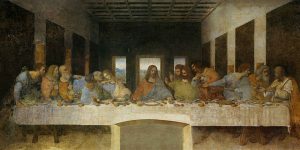 Historical Howlers, Funny and Otherwise: Dan Brown’s Backward Understanding of Gnosticism (5/9/2006)
Historical Howlers, Funny and Otherwise: Dan Brown’s Backward Understanding of Gnosticism (5/9/2006)Is Faith Contrary to Empirical Support? (3/25/2008)
Jesus and the Essenes (Part 2) (7/1/1990)
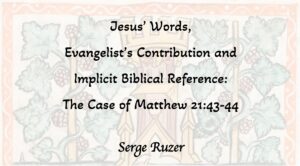 Jesus’ Words, Evangelist’s Contribution and Implicit Biblical Reference: The Case of Matthew 21:43-44 (7/17/2024)
Jesus’ Words, Evangelist’s Contribution and Implicit Biblical Reference: The Case of Matthew 21:43-44 (7/17/2024)Keys of the Kingdom: Allusion to Divinity? (9/29/2009)
Lauren Asperschlager (11/5/2013)
 LOY Excursus: Greek Transliterations of Hebrew, Aramaic and Hebrew/Aramaic Words in the Synoptic Gospels (5/28/2014)
LOY Excursus: Greek Transliterations of Hebrew, Aramaic and Hebrew/Aramaic Words in the Synoptic Gospels (5/28/2014)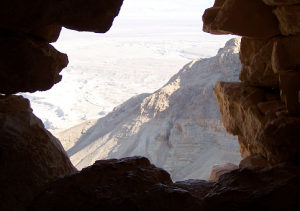 More on the Absence of an Aramaic Bible at Qumran: A Response to Jack Poirier’s “The Qumran Targum of Job as a Window into Second Temple Judaism: A Response to Randall Buth” (1/1/2004)
More on the Absence of an Aramaic Bible at Qumran: A Response to Jack Poirier’s “The Qumran Targum of Job as a Window into Second Temple Judaism: A Response to Randall Buth” (1/1/2004)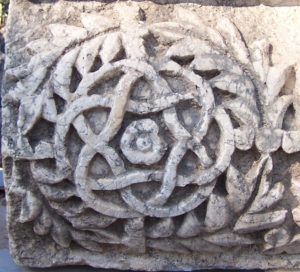 Teaching with Authority: The Development of Jesus’ Portrayal as a Teacher within the Synoptic Tradition (10/6/2021)
Teaching with Authority: The Development of Jesus’ Portrayal as a Teacher within the Synoptic Tradition (10/6/2021)The “Only Begotten” Son (1/1/2004)
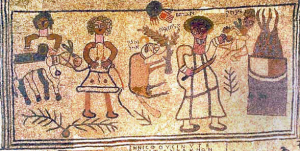 The Approval of Abraham: Traditions of God’s Acceptance of Abraham in Early Jewish and Christian Sources (8/11/2004)
The Approval of Abraham: Traditions of God’s Acceptance of Abraham in Early Jewish and Christian Sources (8/11/2004) The Historical Jesus, a Tanna? Charity and Deeds of Loving-Kindness in the Gospels and Early Rabbinic Thought (2/25/2022)
The Historical Jesus, a Tanna? Charity and Deeds of Loving-Kindness in the Gospels and Early Rabbinic Thought (2/25/2022)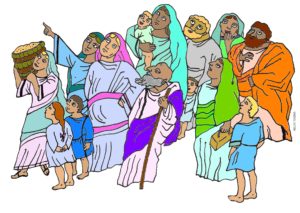 The Priority of Luke: An Exposition of Robert Lindsey’s Solution to the Synoptic Problem (5/29/2020)
The Priority of Luke: An Exposition of Robert Lindsey’s Solution to the Synoptic Problem (5/29/2020) The Programmatic Opening of Jesus’ Biography as a Reflection of Contemporaneous Jewish Messianic Ideas (8/9/2016)
The Programmatic Opening of Jesus’ Biography as a Reflection of Contemporaneous Jewish Messianic Ideas (8/9/2016) The Qumran Targum of Job as a Window into Second Temple Judaism: A Response to Randall Buth’s “Where Is the Aramaic Bible at Qumran? Scripture Use in the Land of Israel” (1/1/2004)
The Qumran Targum of Job as a Window into Second Temple Judaism: A Response to Randall Buth’s “Where Is the Aramaic Bible at Qumran? Scripture Use in the Land of Israel” (1/1/2004) The Significance of Jesus’ Words “Not One Jot or One Tittle Will Pass from the Law” (Matt. 5:18) (9/24/2015)
The Significance of Jesus’ Words “Not One Jot or One Tittle Will Pass from the Law” (Matt. 5:18) (9/24/2015) The Theological Significance of the Parable in Rabbinic Literature and the New Testament (6/12/2009)
The Theological Significance of the Parable in Rabbinic Literature and the New Testament (6/12/2009)Video: How To Become A Basic Member (10/4/2012)
JP Resources
Click on the icons above to check out these additional JP resources.
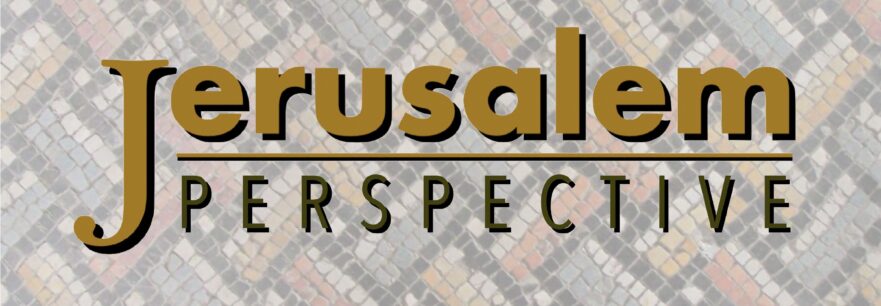
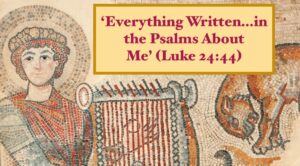
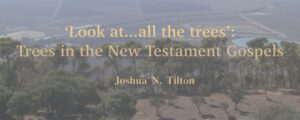

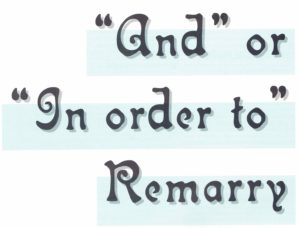












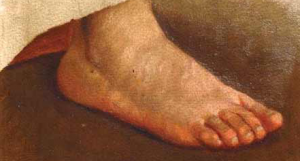
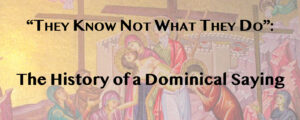
















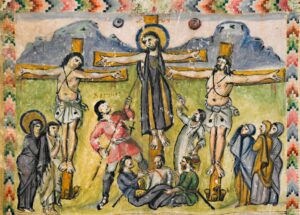
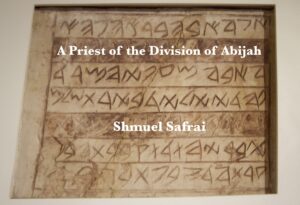









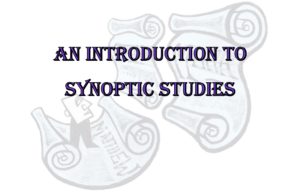

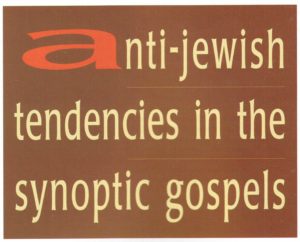
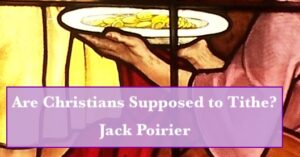











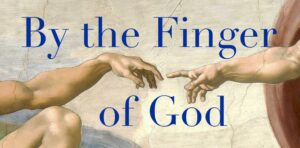




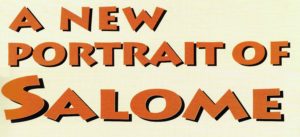
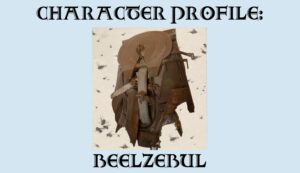





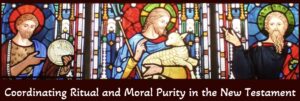

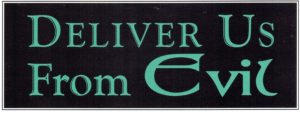

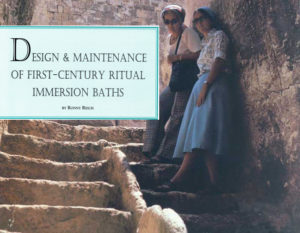
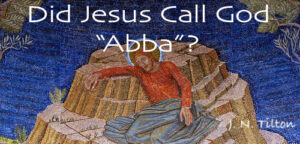



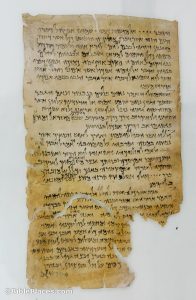






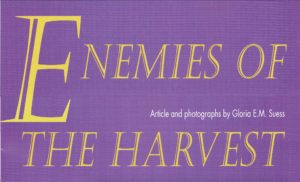


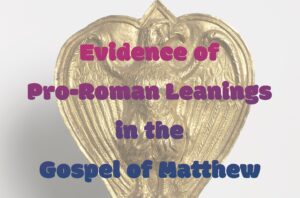

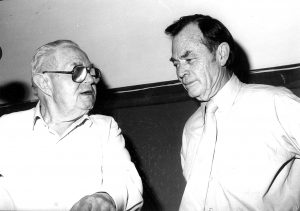


















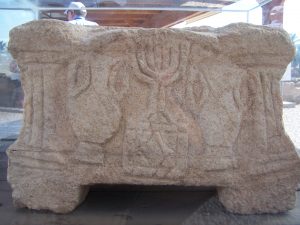
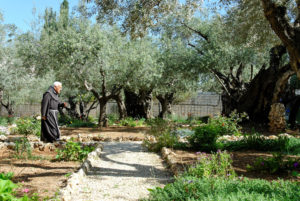




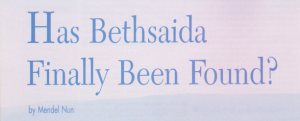









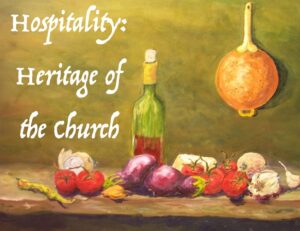























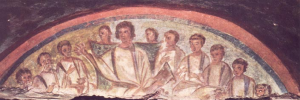









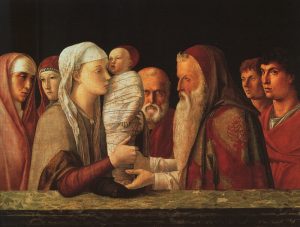





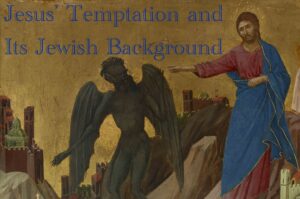


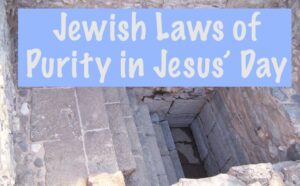


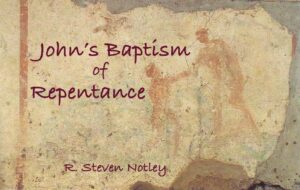




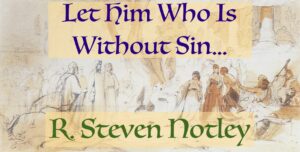





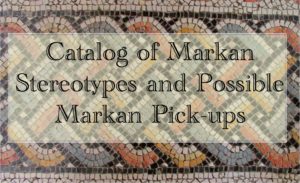
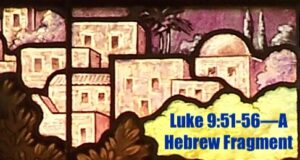
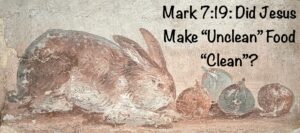


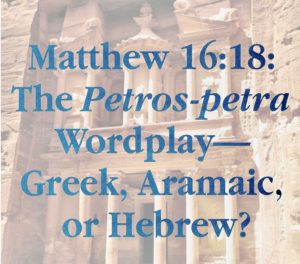





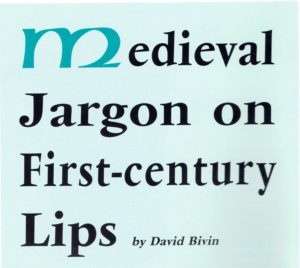
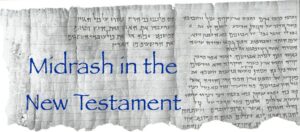










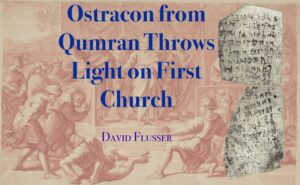


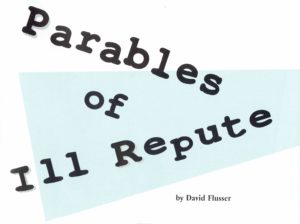
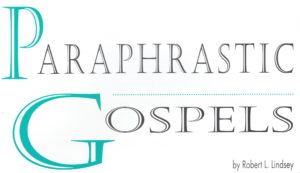


















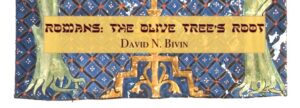
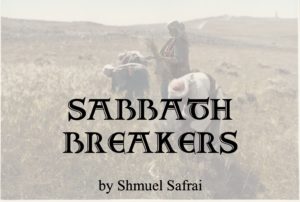








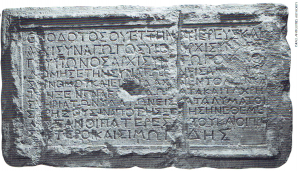






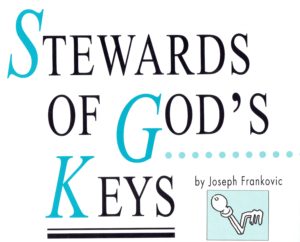




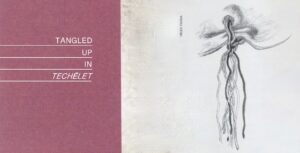





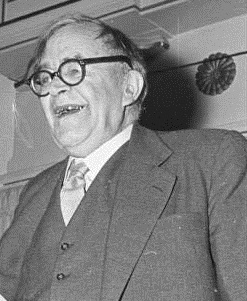
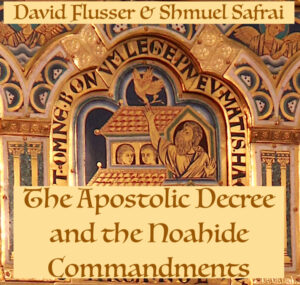
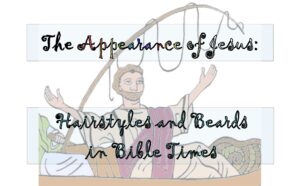



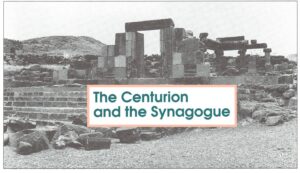






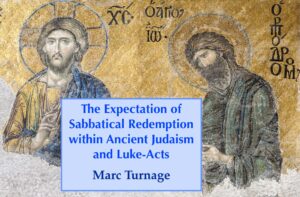













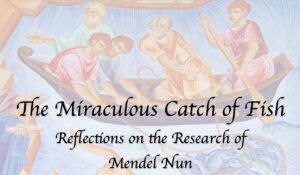


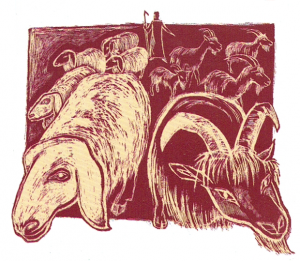




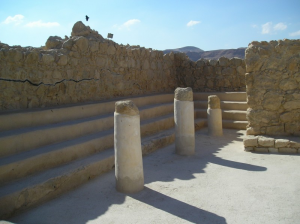



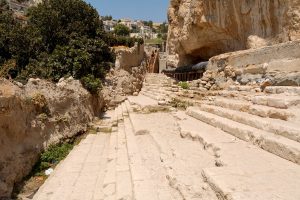


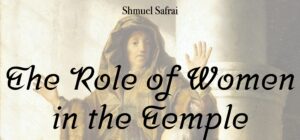




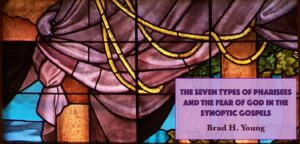
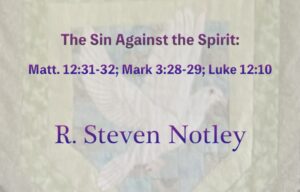
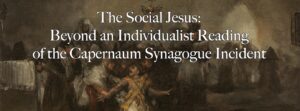

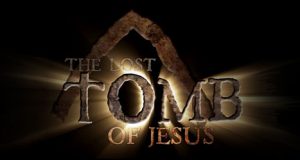

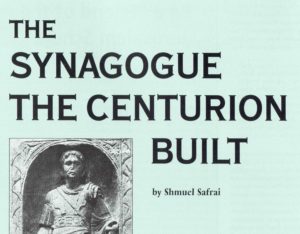
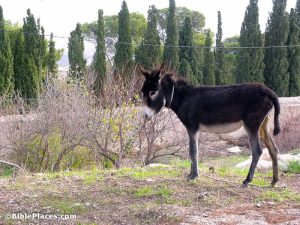

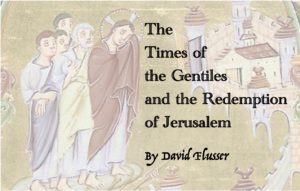
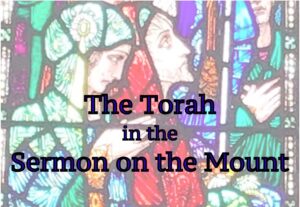


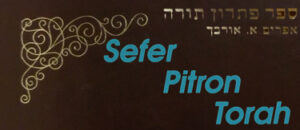
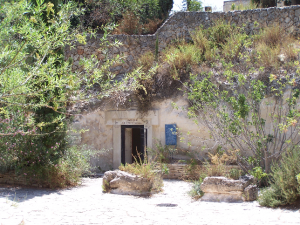
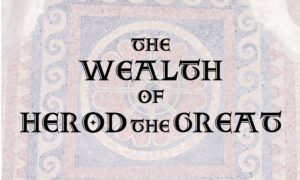





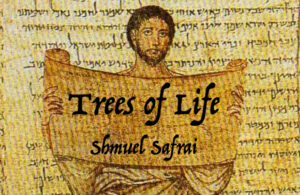



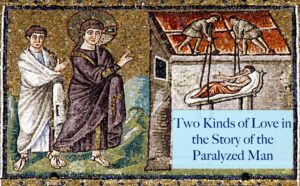




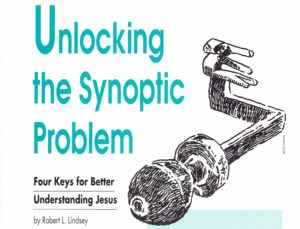
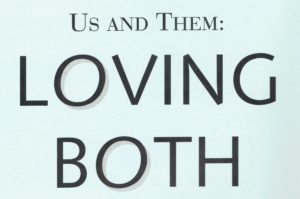




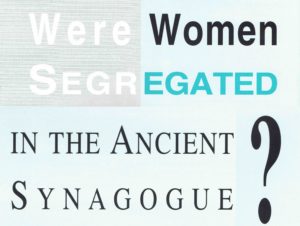



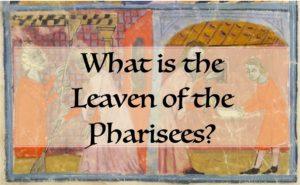
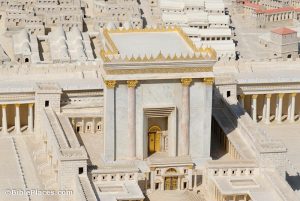








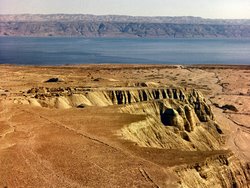
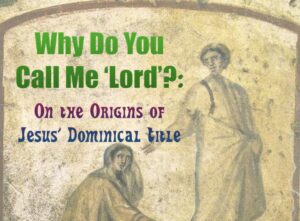

















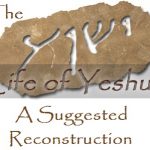




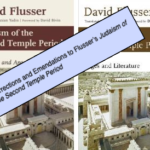

Comments 2
It is difficult to establish a Hebrew equivalent for the verb κενοῦν (kenoun, make of no effect, make empty), which appears in Phil. 2:7. This verb appears only twice in the Septuagint (Jer. 14:2; 15:9) where it is the translation of a Hebrew verb meaning “languish.” In the NT kenoun appears only in the Epistles of Paul (5 times). Apparently, this verb represents Greek Greek, rather than Hebraic Greek.
Franz Delitzsch used the Hebrew word Hiphsheet הפשיט meaning to strip off a garment as opposed to “emptying out”. This actually fits the context very well.